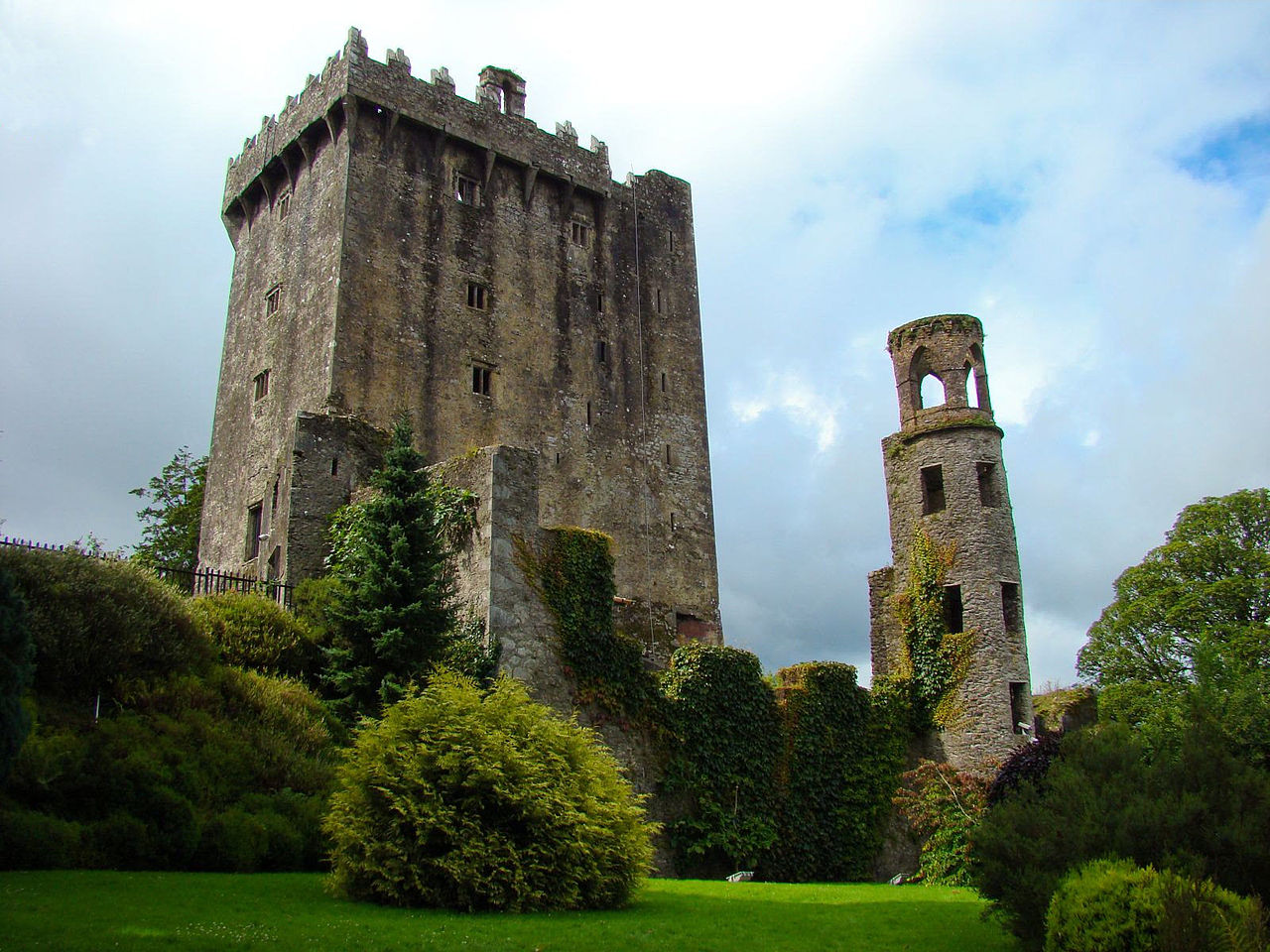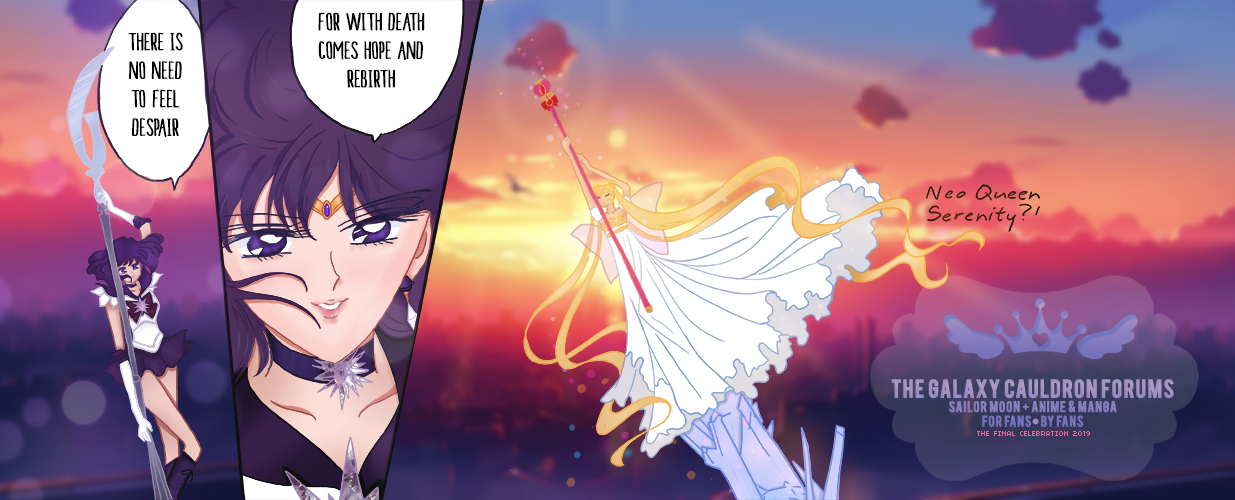Welcome back to Ireland! This thread will cover some famous landmarks and local history! I hope you have your hiking boots and a travel flask of Guinness, because here we go!
Connemara Mountains
Our first stop is the county of Connemara, or, more specifically, their mountains! The Connemara mountains are a beautiful sight against the cloudy Irish sky, and a producer of one of Ireland's most famous stones: Connemara marble! Also known as the Twelve Bens, these mountains produce a vibrant serpentine-rich marble that boasts "forty shades of green" and wild patterns, perfectly representing the Irish landscape. It is still fantastically popular with natives and tourists, and there are still quite a few marble quarries in the county today.
(Connemara marble)
Giant's Causeway

While technically in Northern Ireland (United Kingdom), I can't really talk Irish landmarks without touching on Giant's Causeway. Located in the county Antrim, this coast is marked with thousands of basalt pillars, the result of a volcanic eruption. However, according to Irish legend, the causeway was created by the giant Fionn mac Cumhaill (Finn MacCool). Fionn was challenged to fight a Scottish giant, and he accepted, building the causeway across the North Channel so they could meet. While one version of the tale says Fionn wins the fight, another says that Fionn hides from his opponent when he realizes that he is much bigger than himself. So Fionn's wife, Oonagh, disguises him as a baby. When the Scot sees how huge this "baby" is, he is terrified to find out how large his father is, so he flees, destroying the causeway so Fionn couldn't follow him. Coincidentally, there is an identical coast of basalt pillars across the sea in Scotland, reinforcing the legend for the people.

Blarney Castle

I'm sure this one is pretty well known! Not far from Cork stands the old Irish fort, Blarney castle, home of the Blarney stone. Originally built sometime in the early 1200s, the castle is partially in ruins now, but it is famous with tourists because it boasts the Blarney stone. Merely a block of limestone built into the battlements, it is said that kissing the Blarney stone endows one with the gift of gab (eloquence and the skill of flattery). It isn't really that easy, though, as the stone hangs over a gaping hole, and you have to kiss the bottom. You have to lie on your back and slide under the bottom of the stone to kiss it, with someone holding tight to your ankles. There are two stories of origin for the Blarney stone, but I'll go with the more colorful version. It is said that the builder of the castle, Cormac Laidir McCarthy, was involved with a lawsuit and pleaded with the goddess Clíodha for her help. She told him to kiss the first stone he found on the way to court, and he did, and pled his case with such eloquence that he won.
(The Blarney stone; gotta kiss up under it, yo)
The Book of Kells
While not technically a landmark, the Book of Kells is definitely worth mentioning. Housed in the Trinity College library in Dublin, the Book is a beautifully illustrated manuscript containing the four gospels of the New Testament in Latin. It is named after the Abbey of Kells, which was its home for centuries. The Book is one of the most famous tomes in history, as each page is a work of art. Swirling knots, leaping animals, and studious monks fill the pages. Colorful inks of every shade stain the parchment. The work of multiple monasteries, the Book is theorized to have originated in Iona, but was moved after the attacks on Iona by invading vikings. The theory is that from Iona the book was moved to Kells, where it was possibly finished/worked on in the monastery's scriptorium. This theory forms the plot for the beautifully animated movie, "The Secret of Kells", which released in 2009. (I HIGHLY recommend it, it's fantastic)
Hill of Tara
The Hill of Tara is an archaeological complex located near the River Boyne, and traditionally, the seat of the High King of Ireland. Used as a sacred and/or a political centre by the ancient peoples, the Hill is comprised of multiple monuments, but most fascinating is a standing stone that is said to be the Stone of Destiny, where the High Kings were supposedly crowned. High Kings were crowned. According to legend, the stone would scream if a series of challenges were met by the would-be king. At his touch, the stone would let out a screech that could be heard all over Ireland. The Hill is also made up of the Banqueting Hall, the Royal Enclosure, the Mound of Hostages, and a church called St. Patrick's.
(The Stone of Destiny)
Dublin
Last, but by no means least, we arrive at the capital city of Dublin! Dublin is the largest city in Ireland, sporting a ton of bars and green double-decker buses. Founded as a Viking settlement, the Kingdom of Dublin became Ireland's principal city following the Norman invasion. Dublin has many landmarks and monuments dating back hundreds of years. One of the oldest is Dublin Castle, which was first founded as a major defensive work on the orders of England's King John in 1204. One of Dublin's newest monuments is the Spire of Dublin, or officially titled "Monument of Light". During the day it maintains its steel look, but at dusk the monument appears to merge into the sky. The base of the monument is lit and the top is illuminated to provide a beacon in the night sky across the city. Another big landmark is the Guinness brewery, which is of course, very popular.
Well, I think we've reached the end of our journey! Thanks for learning about Irish landmarks!! I hope you've enjoyed a quick trip through the Emerald Isle!


